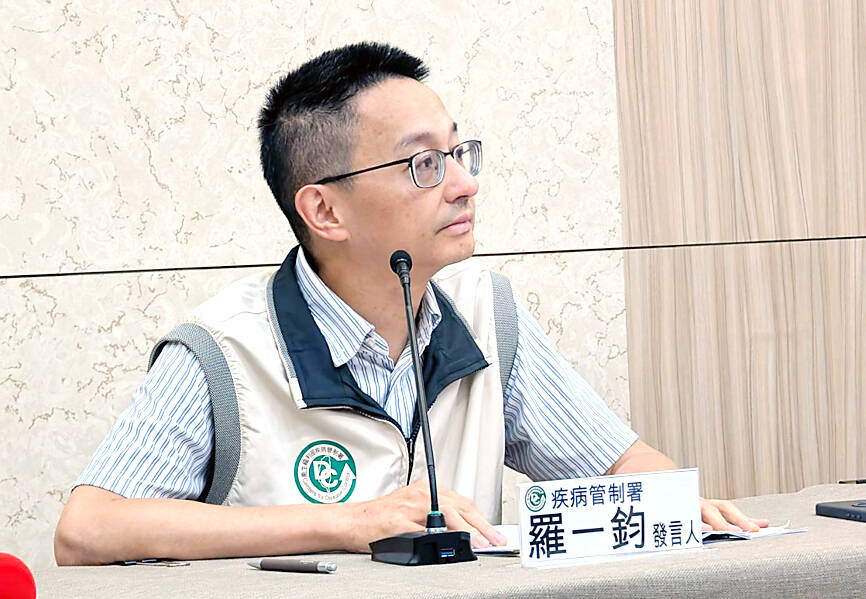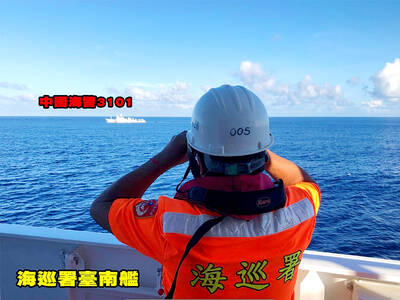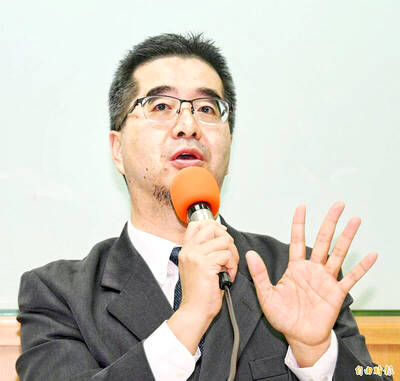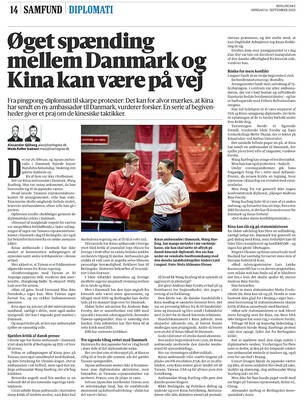The Centers for Disease Control (CDC) yesterday urged families traveling to Japan with children to ensure their pertussis, also known as whooping cough, vaccinations are complete, following a significant spike in cases in Japan.
Japan reported 3,578 new pertussis cases between June 30 and July 6 — the highest weekly total since 2018.
Tokyo had the most cases at 277, followed by Saitama Prefecture at 254, CDC spokesperson Philip Lo (羅一鈞) said.

Photo: CNA
So far this year, Japan has logged more than 43,000 cases and four infant deaths, he said, adding that drug-resistant strains have been identified in different areas across the nation.
Health officials attributed the rise in cases to more time spent indoors in the hot summer heat and increased social activity during the holiday season, both of which could increase transmission risks, Lo said.
Nearly 60 percent of cases reported in Japan were adolescents.
Japanese health experts said that protection from vaccines received in early childhood often wane by the time people enter junior high school, so they recommend getting a booster shot at the ages of 11 or 12.
Taiwan’s standard vaccination schedule for whooping cough is a five-dose schedule at two, four, six and 18 months old, with a booster shot before they enter elementary school, CDC data showed.
The Ministry of Health and Welfare’s Advisory Committee on Immunization Practices also recommend unvaccinated teens aged 11 to 18, especially those living with infants or pregnant women, to get a booster shot of the Tdap (tetanus, diphtheria and pertussis) vaccine.
Pertussis is a highly contagious bacterial infection of the respiratory tract. Early symptoms resemble a cold, but often develop into severe coughing fits that might last for weeks, CDC data showed.
In related news, the Taipei Economic and Cultural Representative Office in Japan’s Naha branch on Thursday reminded people traveling to Japan who plan to drive to follow Japanese traffic regulations and drive safely, as foreign tourists must also take full legal responsibility in traffic accidents.
It on Thursday shared on its Facebook page a case about a Taiwanese traveler who was detained for 18 days.
The Taiwanese, who was driving in Okinawa, had made a left turn at a red light and hit a motorcyclist, causing mild injury and damage to the motorcycle, the office said.
The driver was taken into custody by local prosecutors on June 27, and the Japanese court this month ruled that the driver must pay a ¥300,000 fine (US$2,015) and a compensation fee for the repair of the motorcycle, it said.
The office reminded travelers who are planning to drive in Japan not to look at their phone, follow local traffic rules and give way to pedestrians.
In case of an accident, travelers should remain at the scene and immediately call the police, it added
The office also advised travelers to choose a car rental company with a good reputation and read the insurance policy carefully.

The Coast Guard Administration (CGA) yesterday said it had deployed patrol vessels to expel a China Coast Guard ship and a Chinese fishing boat near Pratas Island (Dongsha Island, 東沙群島) in the South China Sea. The China Coast Guard vessel was 28 nautical miles (52km) northeast of Pratas at 6:15am on Thursday, approaching the island’s restricted waters, which extend 24 nautical miles from its shoreline, the CGA’s Dongsha-Nansha Branch said in a statement. The Tainan, a 2,000-tonne cutter, was deployed by the CGA to shadow the Chinese ship, which left the area at 2:39pm on Friday, the statement said. At 6:31pm on Friday,

The Chinese People’s Liberation Army Navy’s (PLAN) third aircraft carrier, the Fujian, would pose a steep challenge to Taiwan’s ability to defend itself against a full-scale invasion, a defense expert said yesterday. Institute of National Defense and Security Research analyst Chieh Chung (揭仲) made the comment hours after the PLAN confirmed the carrier recently passed through the Taiwan Strait to conduct “scientific research tests and training missions” in the South China Sea. China has two carriers in operation — the Liaoning and the Shandong — with the Fujian undergoing sea trials. Although the PLAN needs time to train the Fujian’s air wing and

The American Institute in Taiwan (AIT) put Taiwan in danger, Ma Ying-jeou Foundation director Hsiao Hsu-tsen (蕭旭岑) said yesterday, hours after the de facto US embassy said that Beijing had misinterpreted World War II-era documents to isolate Taiwan. The AIT’s comments harmed the Republic of China’s (ROC) national interests and contradicted a part of the “six assurances” stipulating that the US would not change its official position on Taiwan’s sovereignty, Hsiao said. The “six assurances,” which were given by then-US president Ronald Reagan to Taiwan in 1982, say that Washington would not set a date for ending arm sales to Taiwan, consult

A Taiwanese academic yesterday said that Chinese Ambassador to Denmark Wang Xuefeng (王雪峰) disrespected Denmark and Japan when he earlier this year allegedly asked Japan’s embassy to make Taiwan’s representatives leave an event in Copenhagen. The Danish-language Berlingske on Sunday reported the incident in an article with the headline “The emperor’s birthday ended in drama in Copenhagen: More conflict may be on the way between Denmark and China.” It said that on Feb. 26, the Japanese embassy in Denmark held an event for Japanese Emperor Naruhito’s birthday, with about 200 guests in attendance, including representatives from Taiwan. After addressing the Japanese hosts, Wang